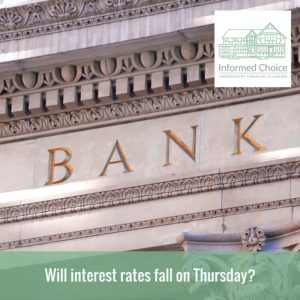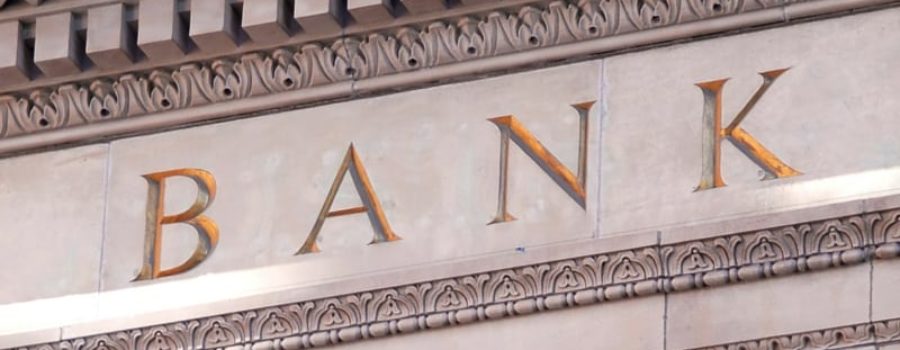 Following the referendum result last month, interest rates have been expected to fall.
Following the referendum result last month, interest rates have been expected to fall.
The Bank of England Monetary Policy Committee meets again on Thursday, for the first time since the outcome of the referendum was known, to make their decision on interest rates and quantitative easing.
Bank governor Mark Carney has already softened up markets and consumers for a rate cut and further monetary easing.
He talked about a ‘material slowing’ of the UK economy as a result of the Brexit decision and set expectations for a rate cut this summer.
According to economists at one firm, investment markets are now pricing in this interest rate cut which could happen as soon as this week.
Markets are pricing in a 78% chance of the interest rate cut happening on Thursday, and an even greater chance that rate cut could happen by September.
Assessing the actions taken by the Bank of England in the wake of Brexit, Ian Kernohan, Economist at Royal London Asset Management, said:
“It will take some weeks to assess any Brexit impact on the UK economy.
“Last week’s manufacturing Purchasing Manager’s Index survey was a little stronger, although it was taken before the result of the referendum was known.
“This sector ought to be a major beneficiary of lower sterling, even allowing for the fact that much of UK manufacturing these days is less price sensitive.
“Mark Carney has said that the Monetary Policy Committee (MPC) will give an “initial assessment” of the economic situation at its July meeting, and then discuss the situation further in the run-up to its August Inflation Report.
“With the Bank of England’s regional agents already fanning out across the country to assess the impact of Brexit, it could well be that this evidence will be sufficient to prompt a rate cut in July, without waiting for the full set of July survey data to be available in August.
“The magnitude of interest rate reduction is a moot point, since if rates are cut too far, there will be a knock-on impact on bank profitability, which would result in policy tightening.
“We suspect the effective floor on rates will be 0-0.25%, with an initial cut in the Bank Rate to 0.25% coming over the next couple of months.”
This assessment suggests that negative interest rates are unlikely, due to the impact on bank profitability.
Lower interest rates do of course make it cheaper for businesses and consumers to borrow money.
This should result in increased consumer spending and business investment, leading to higher aggregate demand and economic growth.
It could however also result in further falls to the value of Pound Sterling.
As well as a cut to interest rates this summer, we have a reasonable expectation that the Bank will resume their asset purchase programme of quantitative easing, which has been on hold since November 2012.
These measures combined could, in time, push up price inflation.
We will continue to monitor market and economic developments, and consider carefully what changes (if any) we should recommend to client portfolios and Financial Plans.

